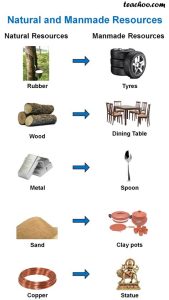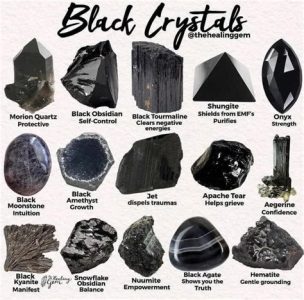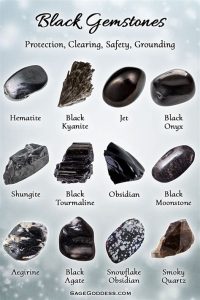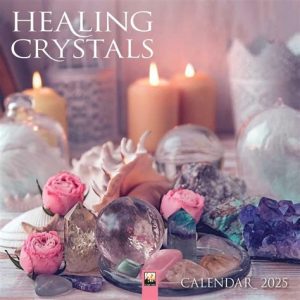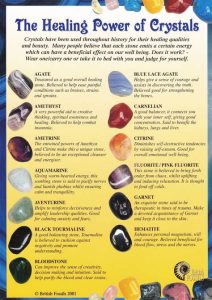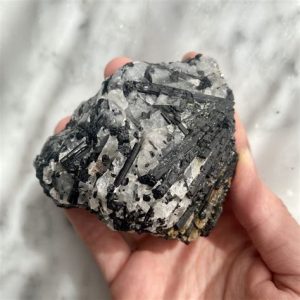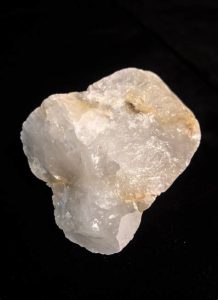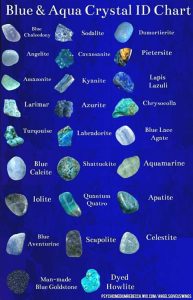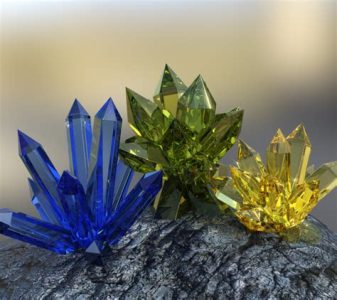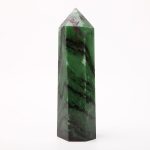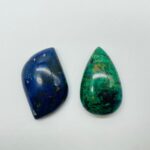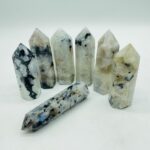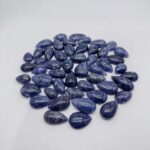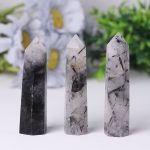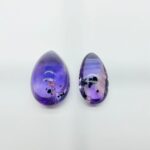Malachite is a vibrant green mineral that has been prized for centuries for its beauty and healing properties. However, due to its copper content, there is some concern about whether malachite is toxic.

Is Malachite Toxic?
The answer to this question is complex and depends on several factors, including the form of malachite, the amount of exposure, and the individual’s health.
Forms of Malachite
Malachite can be found in various forms, including:
- Crystals
- Jewelry
- Pigments
- Powders
Exposure to Malachite
Exposure to malachite can occur through:
- Inhalation of dust from mining or polishing
- Skin contact with jewelry or other objects
- Ingestion of contaminated food or water
Health Effects of Malachite
The health effects of malachite exposure can range from mild to severe, depending on the amount and duration of exposure.
Mild Effects
- Skin irritation
- Eye irritation
- Nausea
- Vomiting
Severe Effects
- Liver damage
- Kidney damage
- Neurological damage
- Death
Individual Health Factors
Individual health factors can influence the severity of malachite exposure. People with certain health conditions, such as liver or kidney disease, are more susceptible to its toxic effects.
Toxicology Studies
Several toxicology studies have investigated the toxic effects of malachite.
Animal Studies
- Studies on animals have shown that malachite can cause liver and kidney damage at high doses.
- In one study, rats exposed to malachite dust developed liver tumors.
Human Studies
- There is limited human data on the toxicity of malachite.
- However, case reports have documented liver and kidney damage in people exposed to malachite dust in occupational settings.
Regulatory Limits
In the United States, the Occupational Safety and Health Administration (OSHA) has set a permissible exposure limit (PEL) for malachite dust of 1 mg/m³ of air. This limit is based on the prevention of skin and eye irritation.
Recommendations for Safe Use
To minimize the risk of malachite toxicity, follow these recommendations:
- Avoid inhaling malachite dust.
- Wear gloves when handling malachite objects.
- Avoid ingesting malachite.
- Wash your hands thoroughly after handling malachite.
- Keep malachite out of reach of children.
Malachite VS. Turquoise
Malachite is often compared to turquoise, another green mineral that is popular for jewelry. However, there are some key differences between the two minerals:
| Characteristic | Malachite | Turquoise |
|---|---|---|
| Color | Bright green | Bluish-green |
| Opacity | Opaque | Translucent |
| Hardness | 3.5–4 | 5–6 |
| Toxicity | Potentially toxic due to copper content | Non-toxic |
Innovations in Malachite Use
Despite its potential toxicity, malachite continues to be used in various applications due to its unique properties.
- Jewelry – Malachite is popular for jewelry due to its vibrant green color and unique patterns.
- Pigments – Malachite has been used historically as a pigment in paints and glazes.
- Healing – Malachite is believed by some to have healing properties and is used in alternative medicine.
- New Applications – Researchers are exploring new applications for malachite, such as antimicrobial coatings and electronic devices.
Conclusion
Malachite is a beautiful and versatile mineral that has been used for centuries for various purposes. However, it is important to be aware of its potential toxicity and to take precautions to minimize exposure.

